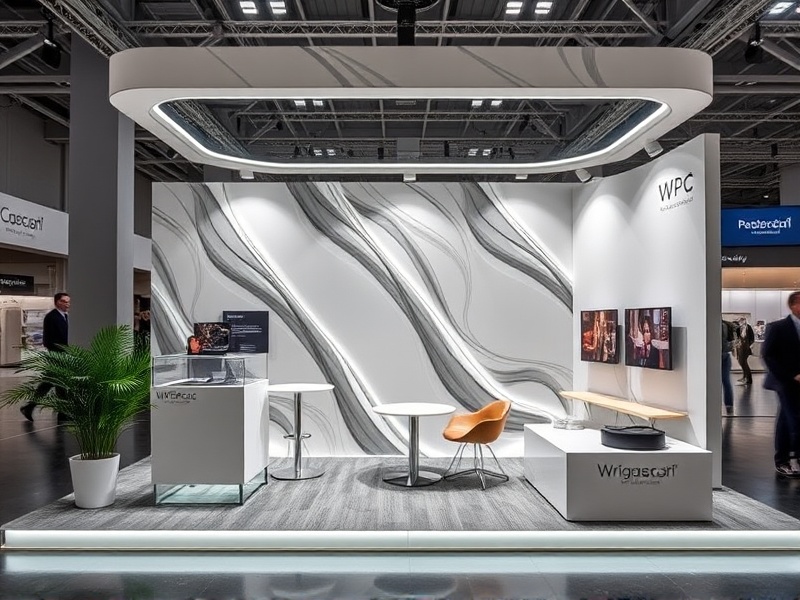Our Location
304 North Cardinal St.
Dorchester Center, MA 02124
Explore the meaning behind WPC and its applications in various industries. Discover how this acronym shapes modern technology and manufacturing processes.

WPC stands for Wood Plastic Composite, a versatile material that has gained significant traction in various industries, particularly in construction and furniture manufacturing. This innovative blend of wood fibers and plastic offers numerous advantages over traditional materials, making it a preferred choice for many applications. In this article, we will delve into what WPC is, explore its full form, and discuss its significance across different sectors.
Wood Plastic Composites (WPC) are engineered materials that combine wood particles or fibers with thermoplastic resins, such as polyethylene, polypropylene, or PVC. These materials are designed to be more durable, moisture-resistant, and environmentally friendly compared to conventional wood products. The term “WPC” itself is an acronym that succinctly describes the composition of these materials, reflecting their unique properties and potential applications.
In the construction industry, WPC materials are revolutionizing the way buildings are constructed. Due to their high durability and resistance to moisture, WPC can be used for decking, fencing, siding, and other structural components. These properties make them ideal for outdoor applications where exposure to weather elements is a concern. Additionally, WPC reduces maintenance costs, as it does not require painting or sealing, thereby providing long-term cost savings for property owners and developers. According to a report by MarketsandMarkets, the global WPC market size is expected to reach USD 12.4 billion by 2025, highlighting its growing importance in the construction sector.
The furniture manufacturing industry has also embraced WPC materials due to their aesthetic appeal and functional benefits. WPC can mimic the look of natural wood while offering superior strength and resilience. Furniture made from WPC is not only durable but also easy to clean and maintain, making it a popular choice for both residential and commercial spaces. Furthermore, the environmental benefits of using WPC, such as reduced deforestation and lower carbon footprint, contribute to its increasing popularity among eco-conscious consumers.